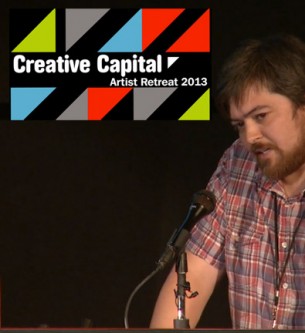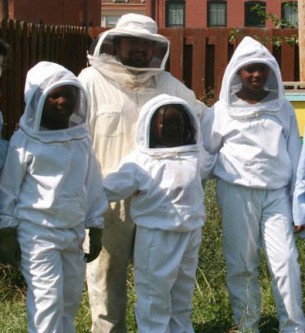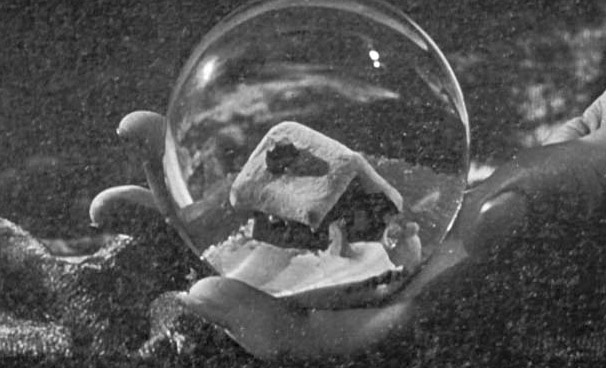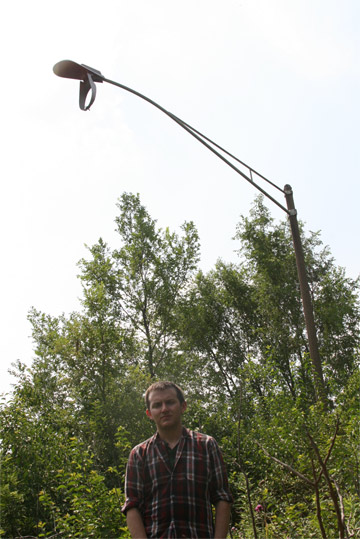Idle Shatters
The snow globe that provides the cinematic link to Charles Foster Kane’s halcyon days crashes to the floor after he whispers his one final word (and subsequent trivia-card answer). Ornamentally staged, it is a textbook example of all that shadows and wide-angle lenses can do to establish a fragile reality within a motion picture. Kane’s terminal body shakes brought the globe to life seconds before it too, tumbled and expired.
Consider a snow globe for a minute: a miniature environment inside a glass sphere, filled with water, and that when shaken, causes symbolic particulates to flit about, evoking a snow storm or cyclone of musical notes, or accolades of “Congratulations 2009 Grads!,” depending on what gift shop one visits. That such an object-environment is possessable is hopefully not lost upon its gazers who may be overcome by waves and drools of nostalgia and tranquility.
Shaking is necessary and unavoidable for a snow globe to properly ‘be’. Until the globe is shaken, the environment is at rest. Upon shaking, the environment is activated to produce the intended scene. When the glass is breached through careless shaking, and the water comes gushing out onto the carpet, we have robbed the globe of its purpose. For an instant, the break yields a glass beach and a cleansing wave, a life out of balance.
Opposing forces of constructivist idealism and survivor’s immediacy activated an environment that came to be known as the Pruitt-Igoe housing projects. When the cracks began to emerge in old Igoe’s sphere, what ultimately gushed out were sorrow, guilt, and handwringing. The problems pre- and post-Igoe are the same today.
Honestly, I don’t know if the “glass” around the Pruitt-Igoe lot ever really broke or if it repaired itself without anyone knowing, but the lot where the projects once towered now stands as a working model of a snow globe once again, the glass replaced by aging chain-link and public indifference. Ruderal and other pioneer species have emerged in the last 40 years, yielding numerous city-states of floral colonies. Where 1950s trees prosper overhead, patrolling the premises are dragonflies, rabbits, and of course bees, all of which activate an environment with few reminders of human interference. They are tissues forming new organs, supporting new circulatory systems, priming the pumps of young hearts. The environment is self-sustaining, self-shaking. Our ignorance has produced something quite special and reverent.
As cultural activists and performers, we seek to activate environments around us by aesthetically being. Bee-ing, if you will. In regard to Pruitt-Igoe, I think it’s foolish to presume that artists can necessarily solve all of the problems that led to its demise. That isn’t really what we do. What we do have is the opportunity to help preserve and establish something great. For all that has happened, I think we can do something good for once. The Bee Sanctuary isn’t even a real bee sanctuary (not yet, at least), but rather, a mantra attracting positive states of being and methods of activation. Activate, not deactivate. We’re looking for a few good ideas. Pruitt-Igoe is ultimately what we will make it to bee.




